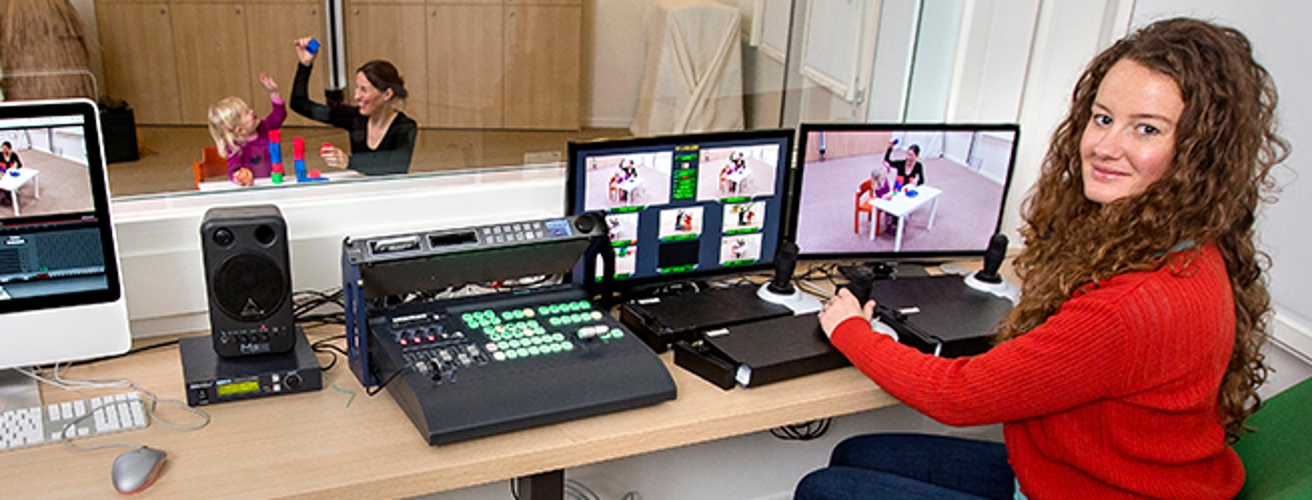
You are probably curious about how to create training programs online if you are new at creating training courses. The process is simple. All you need to do is understand the basics. This article will provide some helpful tips on creating an outstanding training module. This article will be split into four main sections: Creation, Editing, Testing, and Optimization. We hope you find these tips and tricks helpful and will follow them to the letter.
Creating
Once you've created your objectives, it's time to create your training modules. You must organize your objectives into topics or modules that are short, specific and measurable. This is a key step in creating effective elearning. Training should also be pitched at the right level, as too high or too low a learning objective will decrease the level of engagement or participation.

Editing
There are many different types of editing training modules. Some are suitable for new editors and others for more experienced editors. These courses can help you be more successful in whatever role you hold. In this article, we'll go over the different types of editing training modules available. Hopefully, this article will help you find the one that suits your needs best. After you've completed a course you can decide which one you want to take next.
Test
If you want to build a training module, one of the first steps is to create learner personas. These are fictional characters that embody the people who will attend the training. Learner personas will help you design the learning environment and define the criteria for success. Learning pathways will help you create a test that accurately portrays the environment. Consider the learning goals of each participant when designing the learning environment. Once you have determined your learning goals and learner profile you can start designing content.
Optimizing
Research into the mathematical apparatus that is used to evaluate and optimize training modules for multipurpose purposes has been lacking. In this article we present a method that calculates the estimates of trainer specialists. We also discuss options for maximising training module quality and optimizing the resources. Finally, we propose an algorithm to identify the optimal group of students. This approach has several benefits for multipurpose learning.
For adult learners
It is crucial to get to know your audience before you create a program for adult learners. Conducting research can provide valuable insight into your target audience. You can gather valuable information about your target audiences using surveys, focus groups, or interviews. Learn about your audience's goals, needs, preferences. Depending on the content of your program, you can also create an interactive training simulation, scenario-based learning, or gamification.

Use a learning management software
An excellent way to organize online training sessions is to use a learning management platform for creating training modules. Learning management systems are computer systems that are specifically designed to manage learning processes. These systems can be used to organize and manage your online courses, as well as help you evaluate your learning results. These are just a few of the many benefits you get from using a learning management software for your training modules. They make the entire process much easier for you.
FAQ
What is eLearning?
E-learning can be time-consuming and requires effort. E-learning also requires an understanding about how people learn. The learning experience should focus on what learners are looking to accomplish.
The content must be interesting and relevant. Learning materials should include visual aids such as images, videos, animations, and interactive elements.
Engaging and enjoyable e-learning should be possible. It should be focused on student motivation. This includes giving feedback and encouraging learners who work hard to achieve their goals.
What are the major obstacles to elearning success?
The primary challenge of e-Learning isn't technical, but cultural. It's about people, and how they interact.
Understanding their motivations and learning styles is crucial. We must also understand their comfort level when learning online.
This is why we must find ways that make the experience as natural as humanly possible.
What is eLearning?
E-learning provides an online learning option for individuals and institutions. It is a way of delivering information and instruction over electronic media such as computers, mobile devices, and other digital technologies.
This type of learning uses technology to deliver information rather than physical materials.
E-learning does not have to be done in a traditional classroom setting. It can also be done at home, on the move, or anywhere else that has internet access.
Statistics
- The UK sample was relatively balanced in terms of gender (56% male) compared to the Gambian group (77% male). (sciencedirect.com)
- India's PC market clocks 9.2% growth to 3.4 million units in the September quarter (economictimes.indiatimes.com)
- Hedonism incorporates intrinsic motivation, including novelty, challenge, excitement, and pleasure (Schwartz et al., 2012), which is likely to predict user perception of e-learning enjoyment. (sciencedirect.com)
- Interestingly, students' participation in online training grew by 142% in the past year alone, indicating how quality education and up-to-date teaching pedagogy are preferred by learners and working professionals to upskill across India. (economictimes.indiatimes.com)
External Links
How To
What is the difference between eLearning and traditional teaching methods?
eLearning has been around a long time. Many schools still teach the old-fashioned way. But there are many advantages to using eLearning over traditional teaching methods. Here are some examples.
-
E-learning can be cheaper than traditional teaching methods.
-
Students can choose to take classes at their own pace.
-
Teachers don't feel as pressured if they don't have students ready for class.
-
Multiple versions of the same course can be easily created by teachers so that they teach slightly different concepts.
-
Chat rooms and discussion boards allow learners to interact and pose questions.
-
Students can collaborate on projects and assignments together.
-
It is possible for learners to see videos and present without leaving the classroom.
-
Online courses are available seven days a semaine, 24 hours a day.
-
Learners can study wherever they are, at any time.
-
The learner can always go back to previous lessons.
-
The year can be tracked by learners.
-
Learners get instant feedback on how they perform.
-
Learners can work at their own pace and complete projects and assignments. They can even submit them later if they wish.
-
Learners can access files that include images, notes and other materials.
-
Students can print out copies of assignments and handouts.
-
It is possible to save money on books and supplies by purchasing them once instead of each term.
-
Learners can learn more effectively when studying alone.
-
Learners may collaborate with other learners learning the same subject.
-
Students can share their ideas and resources.
-
By reading blogs and articles, learners can learn new things.
-
You can search the Internet for solutions to your specific problems.
-
Learners can make their own content.
-
Learning can be assisted by tutors or peers.
-
Learners can make friends with other people who have the same interests.
-
Writing skills can be improved by learners.
-
Learning can help learners solve problems creatively.
-
Practice public speaking for learners